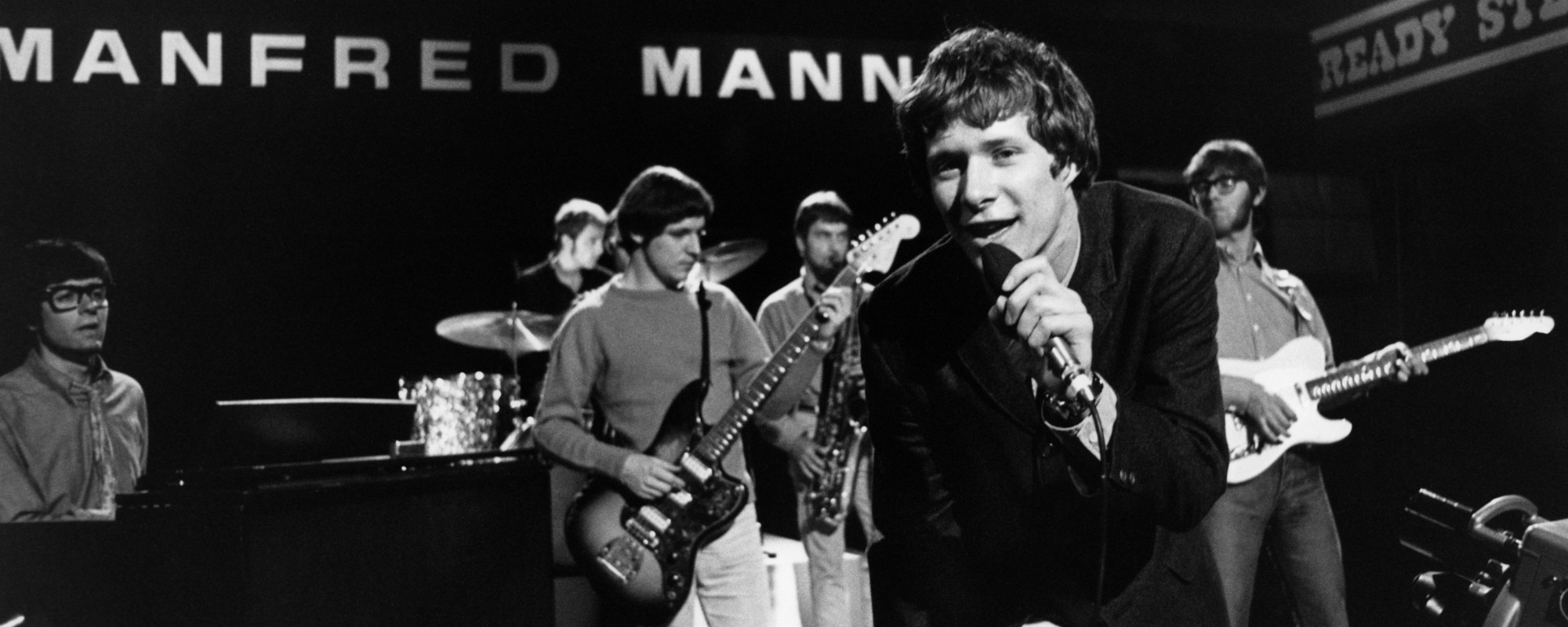What do you picture when rock ‘n’ roll is mentioned? What band dynamic, what stage presence comes to mind? More likely than not, The Rolling Stones pop up in these conversations. The band’s lasting influence—in the face of multiple feuds nonetheless—is undeniable and spans dozens of record releases. And we can’t forget Mick Jagger’s explosive performing persona.
Videos by American Songwriter
And the band, with all of its personality and creativity, was united under one name: The Rolling Stones.
The story of how the band got its name, in addition to the group’s origins and legacy, is the story we’re telling today. So, let’s jump into the nitty-gritty of the band that rocked the world.
Blue Beginnings
The Rolling Stones have seen several evolutions over the six decades that they’ve been making music, but the beginnings of the band can be traced to a town in southeast England. In 1950 in Dartford, Kent, Jagger and Keith Richards were childhood friends and classmates. A few years into their friendship, the two started a garage band with Dick Taylor, Alan Etherington, and Bob Beckwith. The group, practicing in Taylor’s garage and plucking away at blues tunes, dubbed themselves the Blues Boys.
The Blues Boys initially played cover songs by Muddy Waters, Chuck Berry, Little Richard, Howlin’ Wolf, Bo Diddley, and other blues artists and early rockers.
Then, after collaborations with Alexis Korner’s Blues Incorporated, Jagger and Richards pulled together the first iteration of the Stones. The lineup included slide guitarist Brian Jones, keyboardist Ian Stewart, drummer Tony Chapman, and Taylor. This group was built on a setlist of Chicago blues music, and they built out their following from there.
The Name and Finding Their Voice
The Rolling Stones may have fought over how to make decisions for the band, drug and alcohol use, and various other topics regarding the well-being of the band, but the naming of the group seemingly came and went without dispute.
As Richards tells the story, Jones named the band. In a phone interview with Jazz News, when a journalist asked for the band’s name, Jones looked around him and saw a Muddy Waters record. One of the songs on the album was “Rollin’ Stone” and the rest was, as they say, history.
The band’s early performances were under the name The Rollin’ Stones, but the name was quickly changed to include the “g” they were missing in the mid-’60s. The name stuck, and their identity as the Stones blossomed under the iconic Jagger-Richards songwriting partnership. The famous lineup then included Jagger, Richards, Jones, Bill Wyman, and Charlie Watts. Later members were Mick Taylor, Ron Wood, and Darryl Jones.
The group was ever-changing in genre, style, and influence. Consequently, the band’s original material, like “(I Can’t Get No) Satisfaction,” “Get Off of My Cloud,” and “Paint It Black” ended up turning the band’s legacy into something immortal, something bigger than the band members themselves.
Legacy
Today, you can’t have rock ‘n’ roll without The Rolling Stones. They started out as icons for the counterculture of the 1960s then became legends of sound with each new musical transformation. The Stones have won three Grammy Awards and a Grammy Lifetime Achievement Award, were inducted into the Rock and Roll Hall of Fame, and are largely considered one of the greatest bands of all time.
Photo by Michael Ward/Getty Images













Leave a Reply
Only members can comment. Become a member. Already a member? Log in.